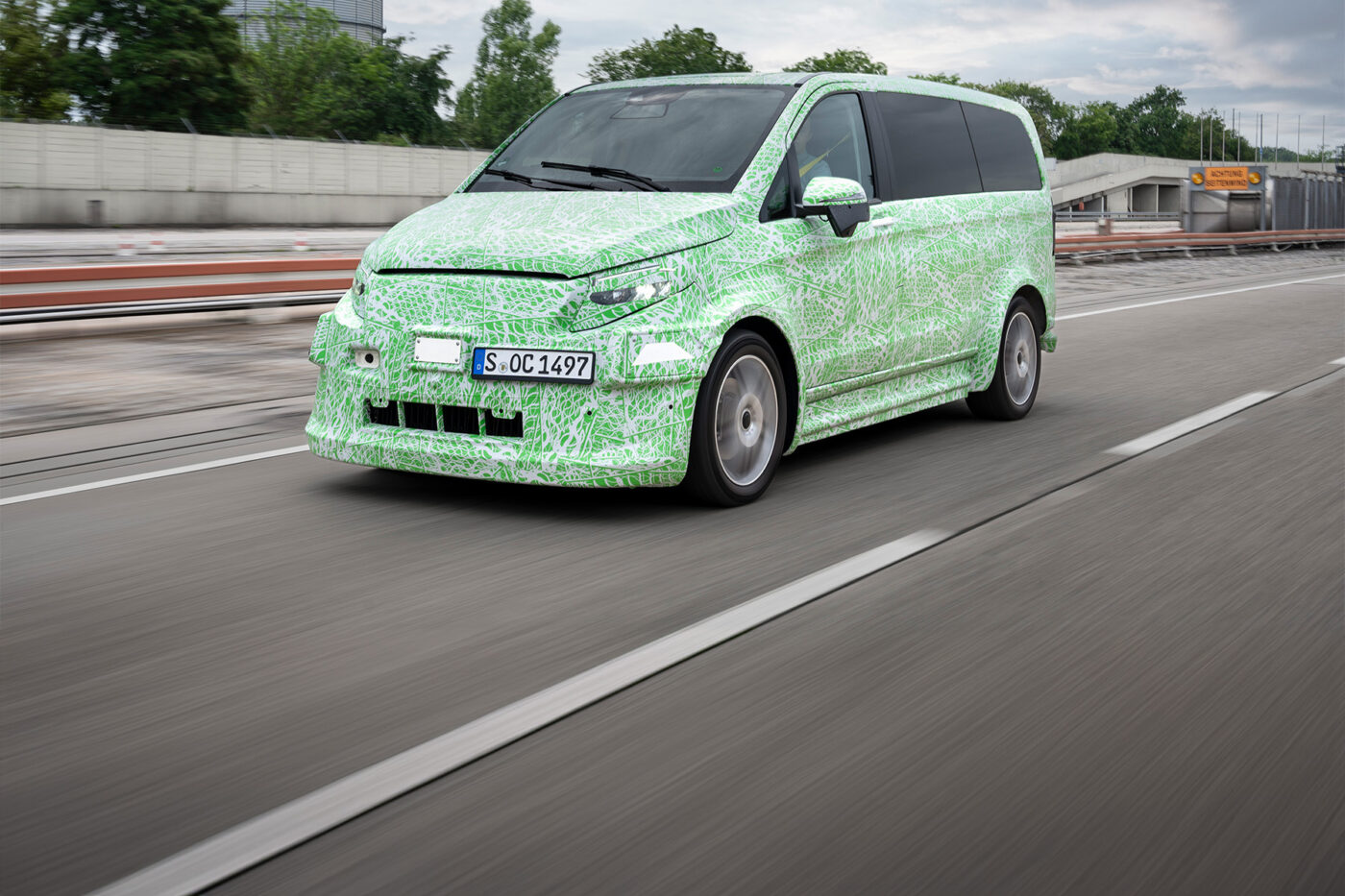
Preview of the Mercedes VAN.EA: when the electric van becomes a spaceship
Andreas Zygan is relieved. In recent weeks, the top van developer at Mercedes embarked on a great adventure. A year or two earlier than usual, he sent his engineers out with the next generation V-Class – directly from the test site and test benches and without the short test drives that prototypes usually take. Instead, they embarked on a marathon. Developers drove the next-gen V-Class from Stuttgart to the North Cape. After 3. 343 kilometres with an average speed of 74.5 kph and a good dozen stops at various charging stations without any significant breakdowns or problems – much to the relief of Zygan, who accompanied the journey in Mission Control and followed the data stream live on the computer – they drove back.
“We’ve never embarked on an experiment like this so early on,” says Zygan and raves about a new development approach: “Instead of completing two or three major test drives in the heat and cold late in the development process, this time, we used software projects as a model,” says Zygan: “We do small sprints in cross-functional teams and work in parallel on the road and the computer.” That should save up to 25 per cent of the usual development time.
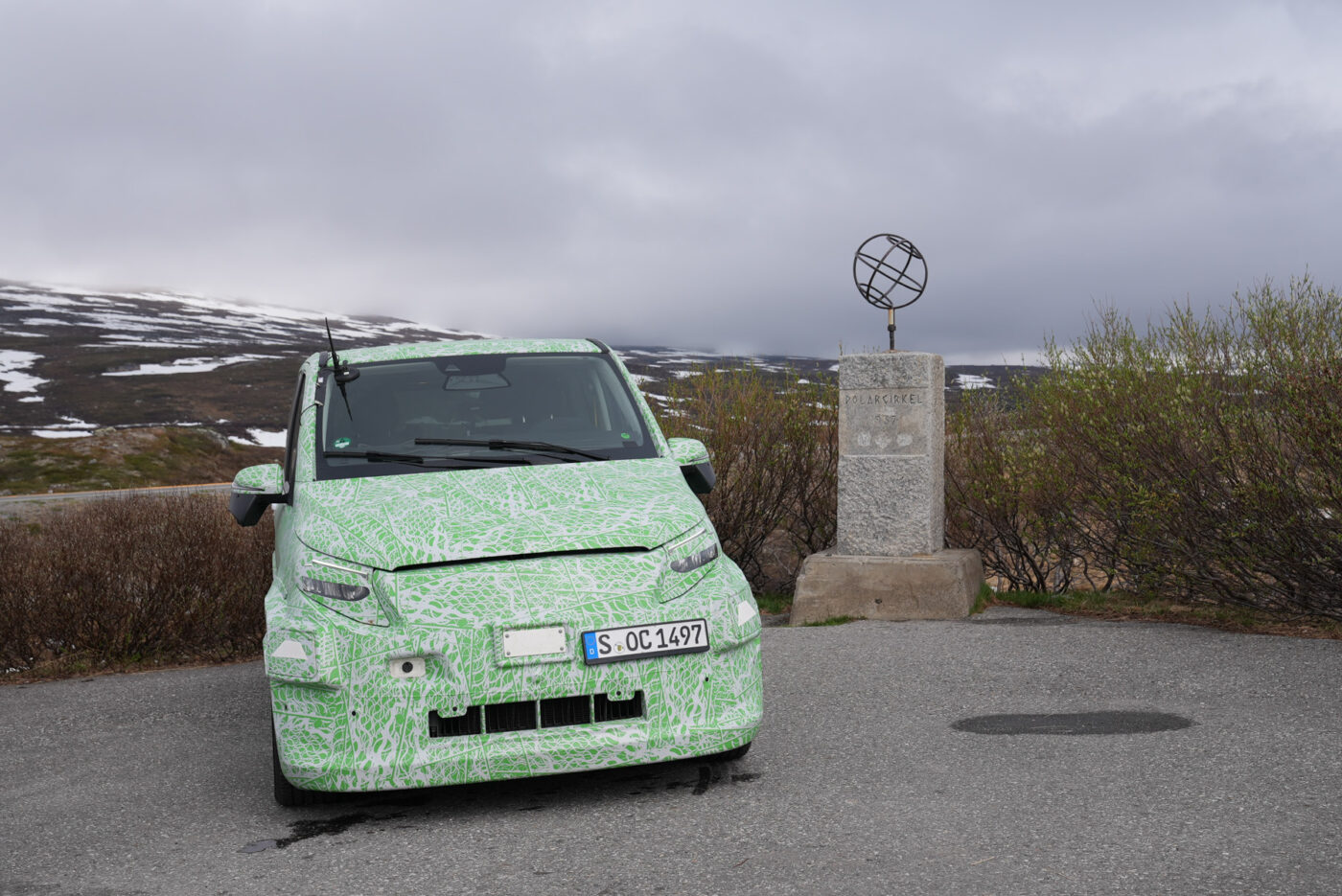
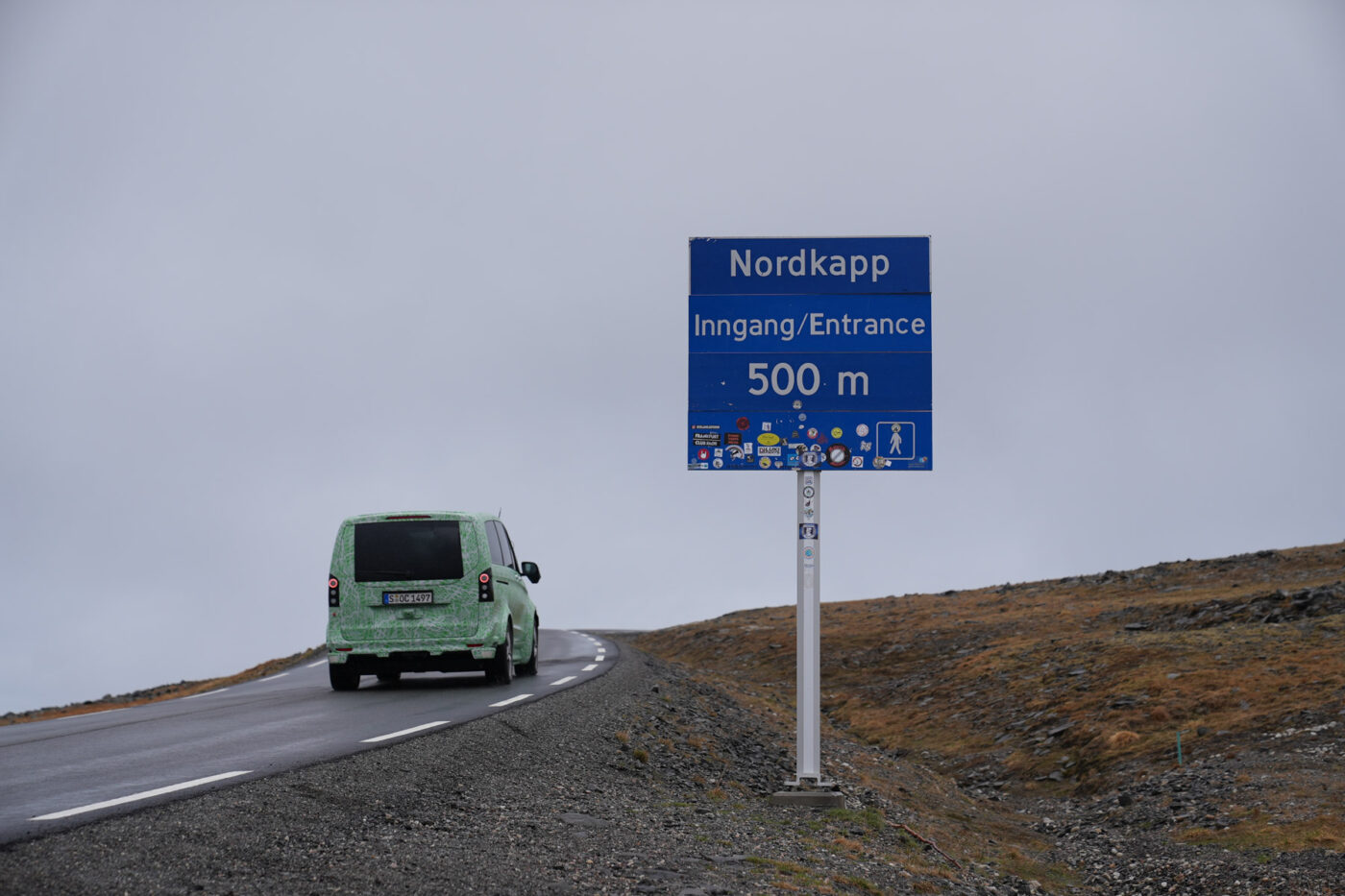
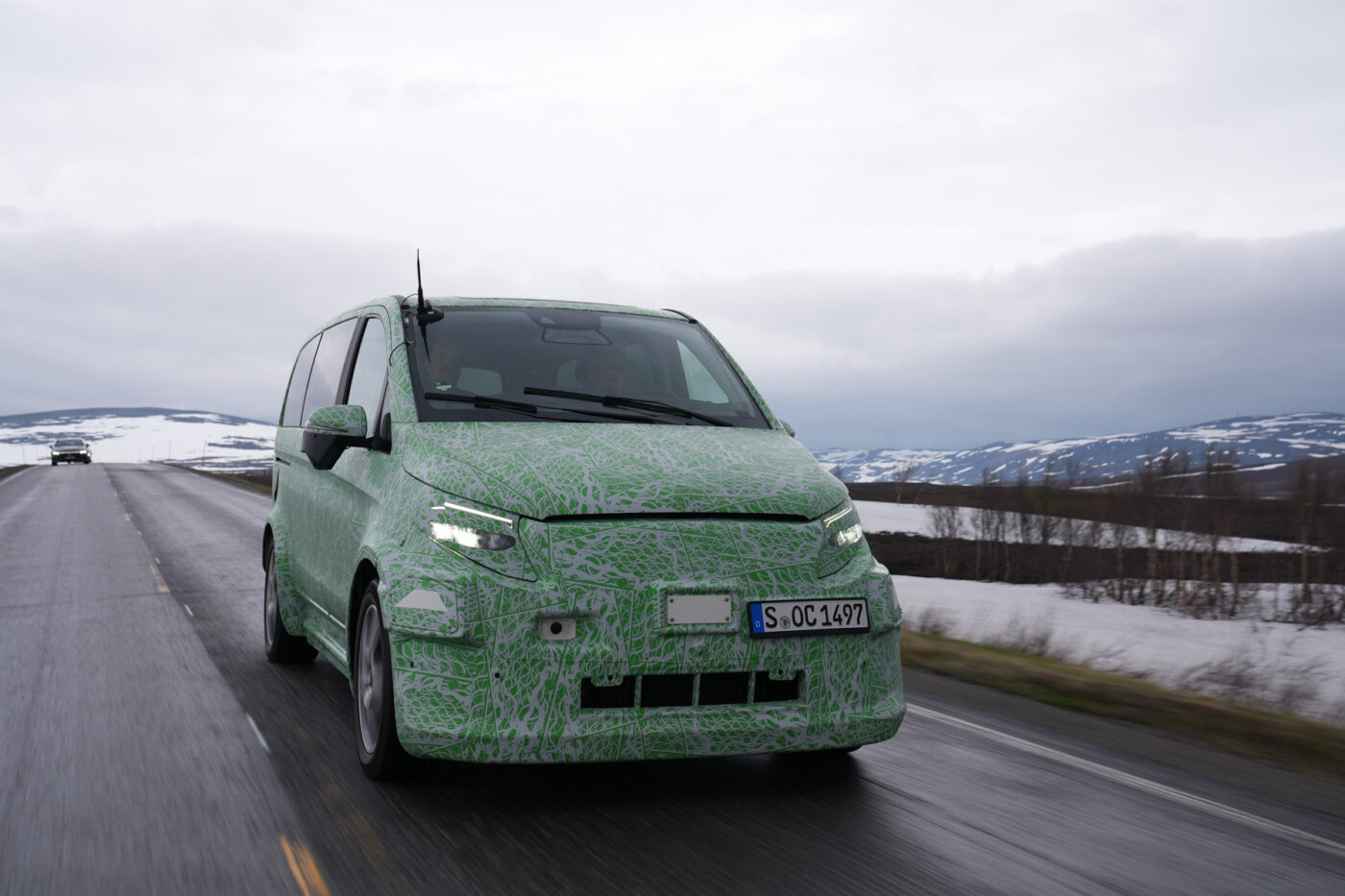
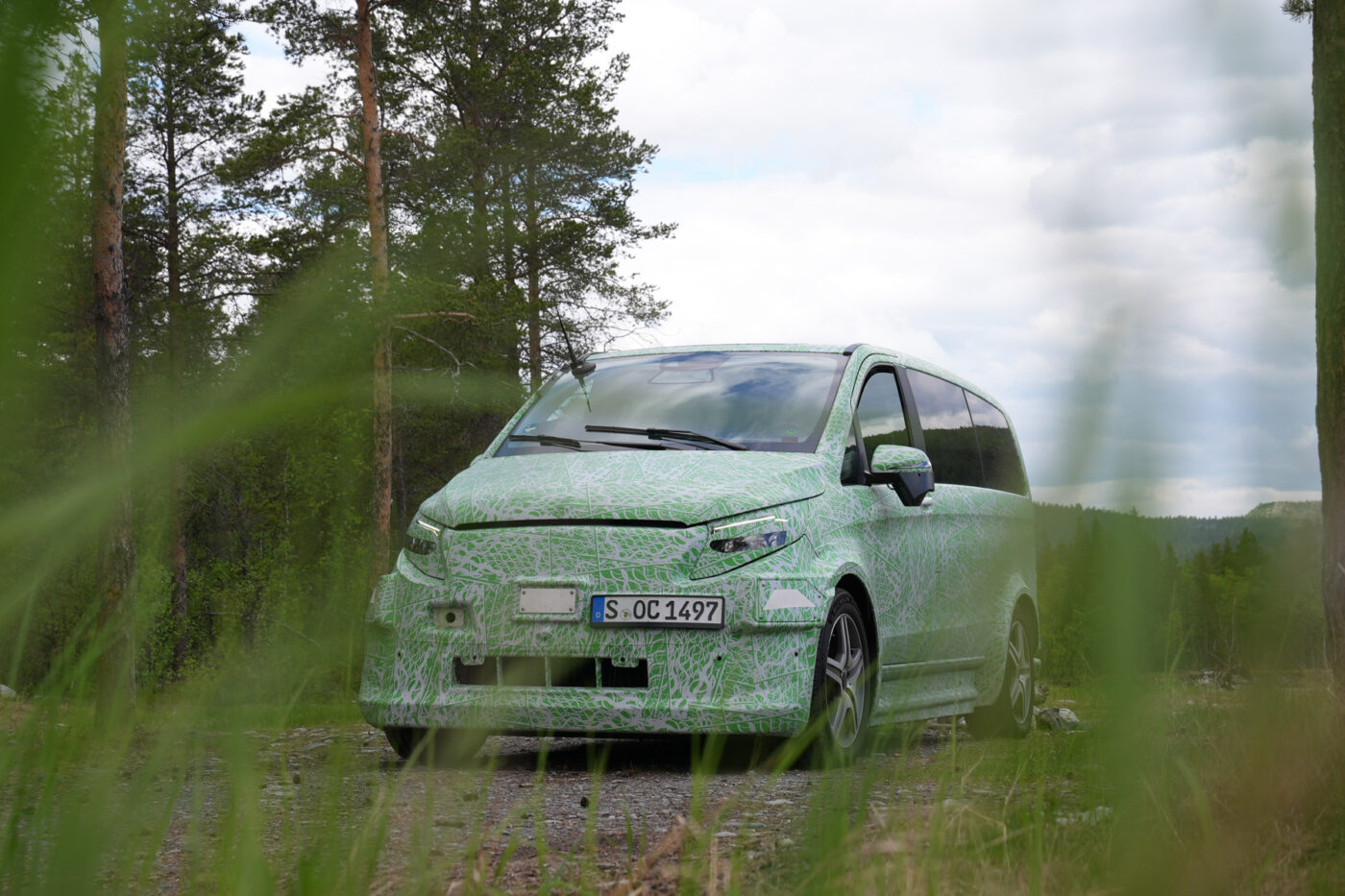
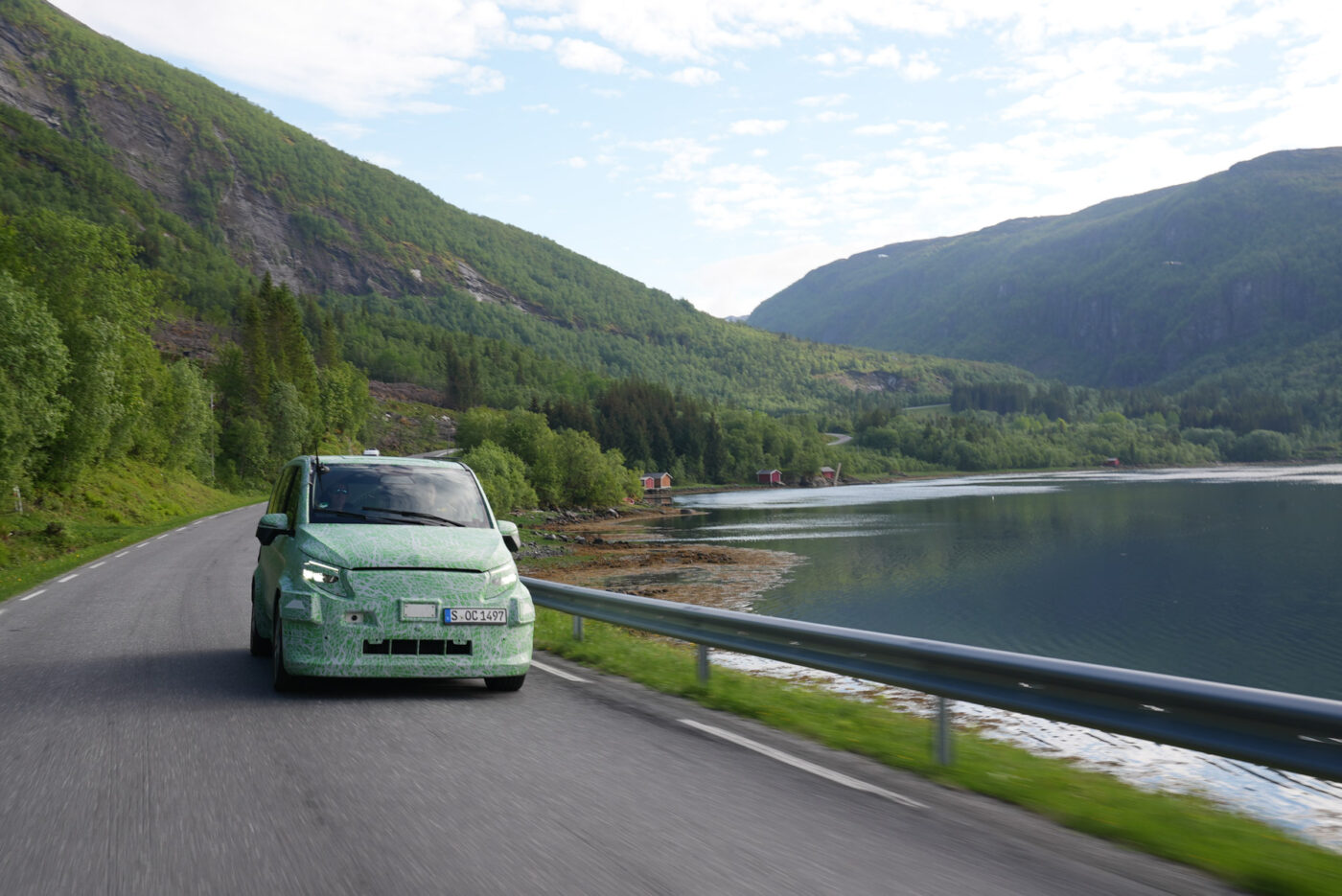
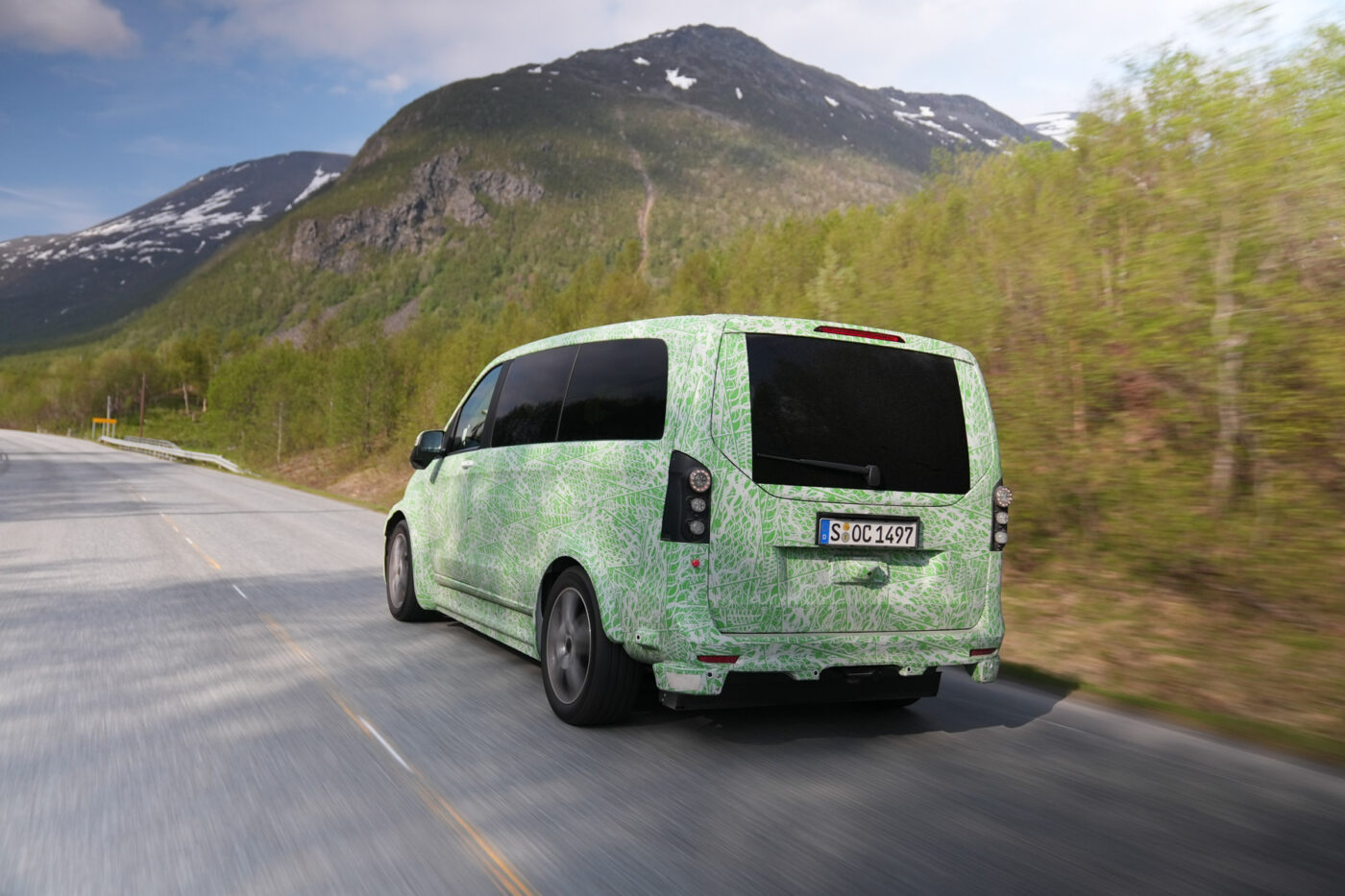
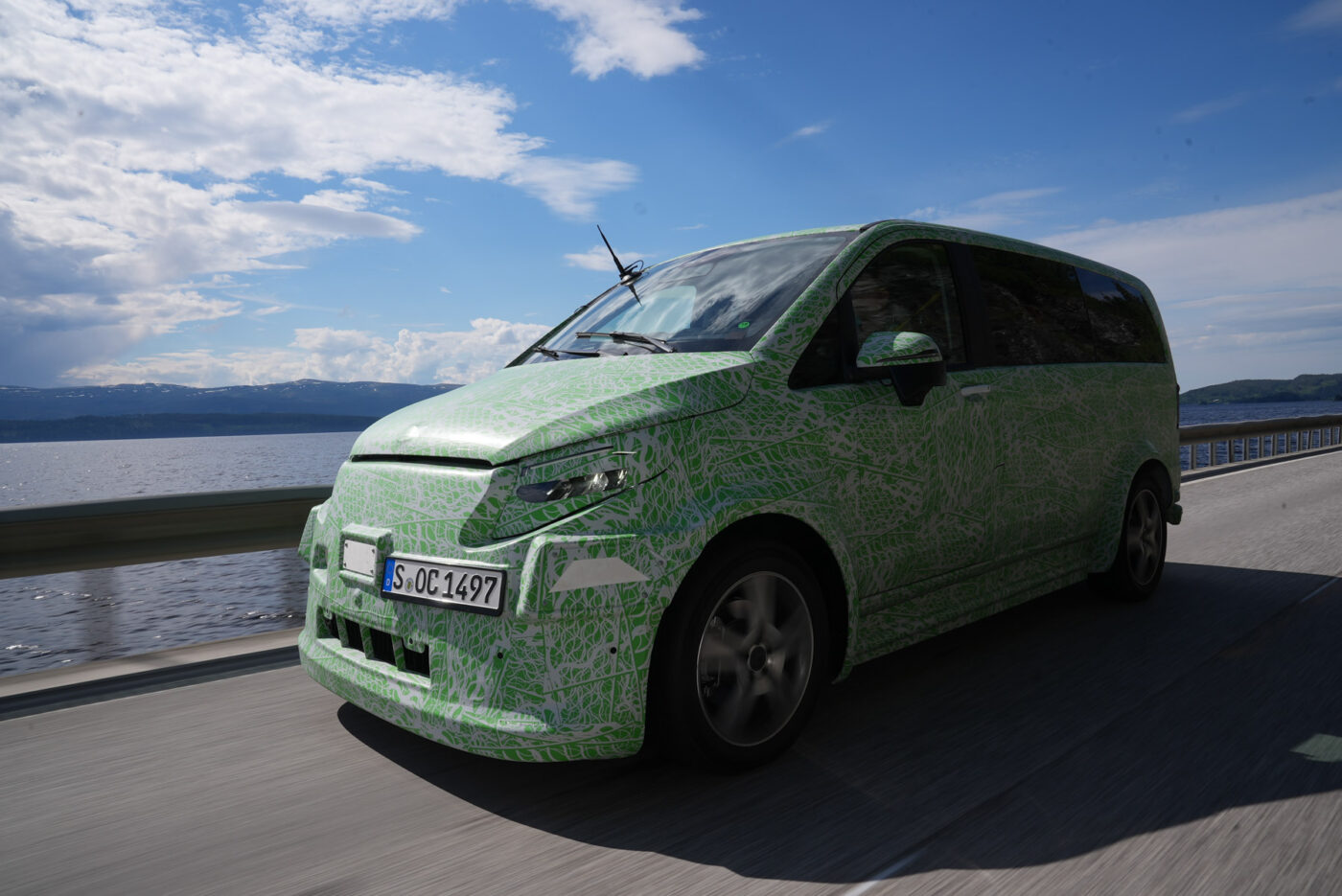
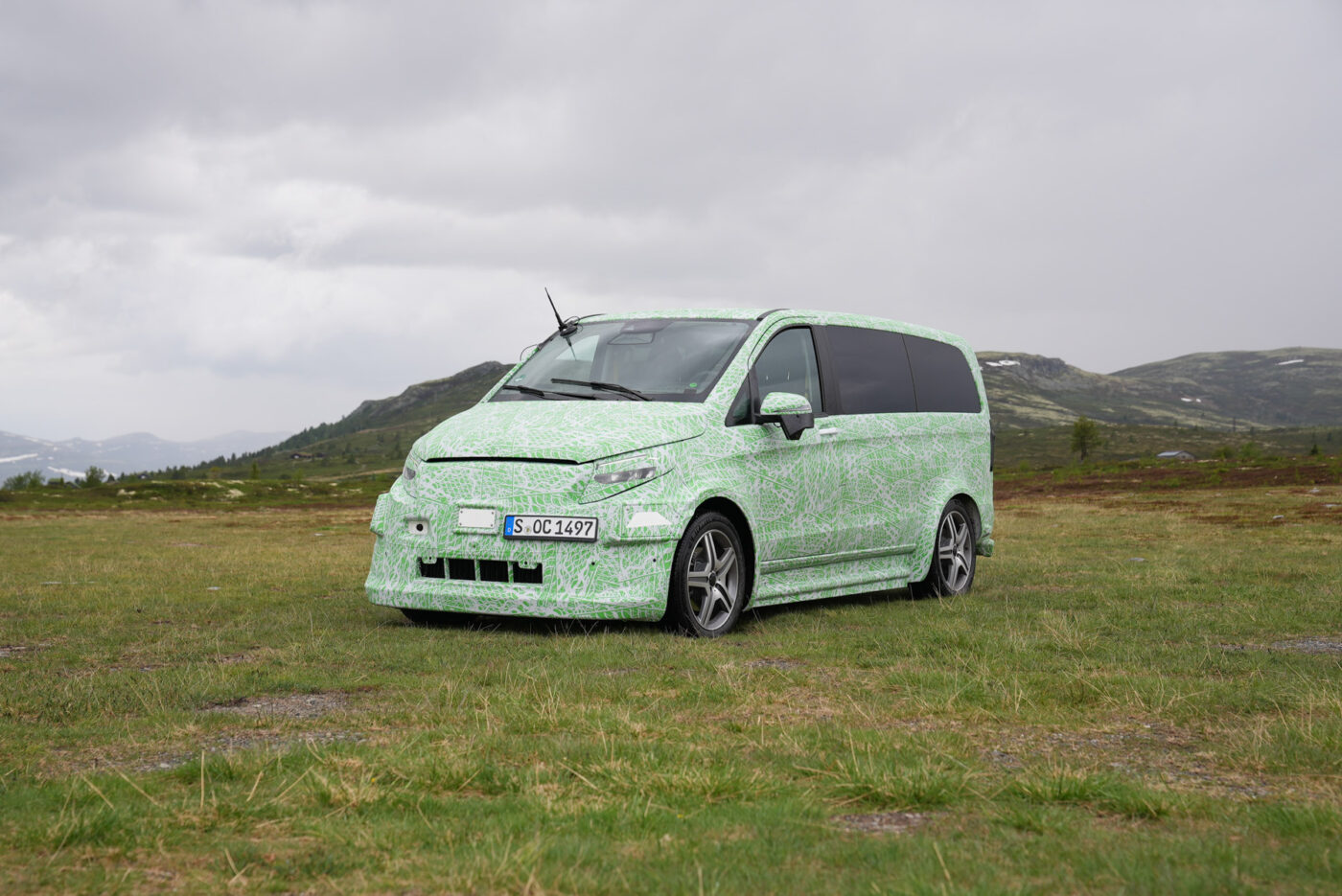
But there is a need for haste – Mercedes needs to catch up in the electrification of its vans. Although the EQV and its commercial brother Vito have just been given a facelift, it was only cosmetic. Nothing has changed regarding the drive system, which is not competitive. And against the new high-end competition from Asia, where EVs such as the Denza D9, Lexus LM, or recently even the Volvo EM90 are increasingly becoming the alternative for luxury saloons and are stealing the show from the S-Class and even the Maybach.
Current electric vans are not really competitive
The Sprinter’s technology was also brought up to date for the facelift and a modular drive system, including an electric rear axle, which was squeezed into the existing architecture. However, a maximum of 440 kilometres of range and charging capacities of 11 or 115 kW are hardly enough to keep up with models such as the new Renault Master. Not to mention dedicated electric vans such as Rivian’s EDV-500 Electric Delivery Van or Kia’s upcoming models.
That’s why Zygan and his boss, Mathias Geisen, can hardly wait until their VAN.EA is finally ready. Just as the MMA with the new CLA is set to become a liberating blow for the passenger car division, Zygan’s new electric architecture will put Mercedes’ vans back on the map. Firstly, it offers competitive drive systems with 800-volt technology, a 22 kW AC charger, the option of all-wheel drive and batteries for a range of more than 500 kilometres. Secondly, it is equipped with the new MB.OS operating system for infotainment on a par with the S-Class and assistance systems that can be upgraded to autopilot. And because it is flexible enough to cover the entire van portfolio – at least from the V-Class upwards. The days of the Citan and the T-Class from the co-operation with Renault are reportedly numbered anyway.
Instead, there is a standardised front module for all variants, a centre module scales the vehicle length and accommodates different battery sizes in standardised housings, and the rear module is available as a tag-along axle or with a second motor for the overdue electric all-wheel drive.
While they want to reduce the number of technical variants by 50 per cent with a modular system and still meet all requirements, they are focusing on more individualisation than ever in terms of design. Geisen, Zygan and van designer Kai Sieber have revealed that the private and commercial vehicles are not only differentiated by name. The V-Class, as the trio revealed at an exclusive preview – without a camera, of course – breaks away from the dictate of maximum space utilisation, allows itself a few curves instead of corners and edges and can be decorated with so much light and tinsel that all the V-Classes with a fake Maybach design currently rolling through China or Turkey suddenly look like cheap copies. And the successor to the Vito and Sprinter will be angular and boxy. Square, practical and sound, it will be the beefy boss that trade, commerce and industry can proudly roll onto building sites or loading bays.
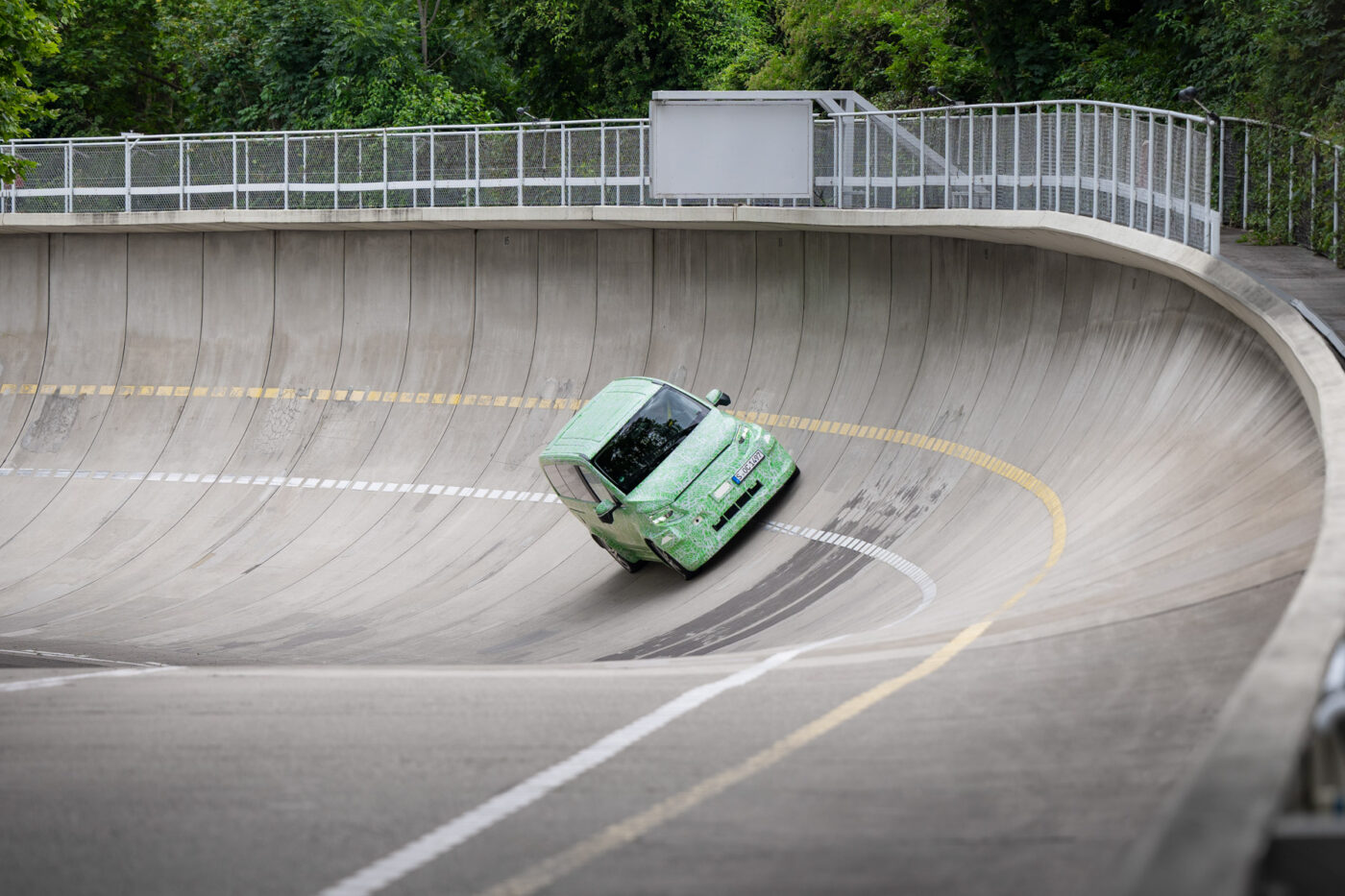
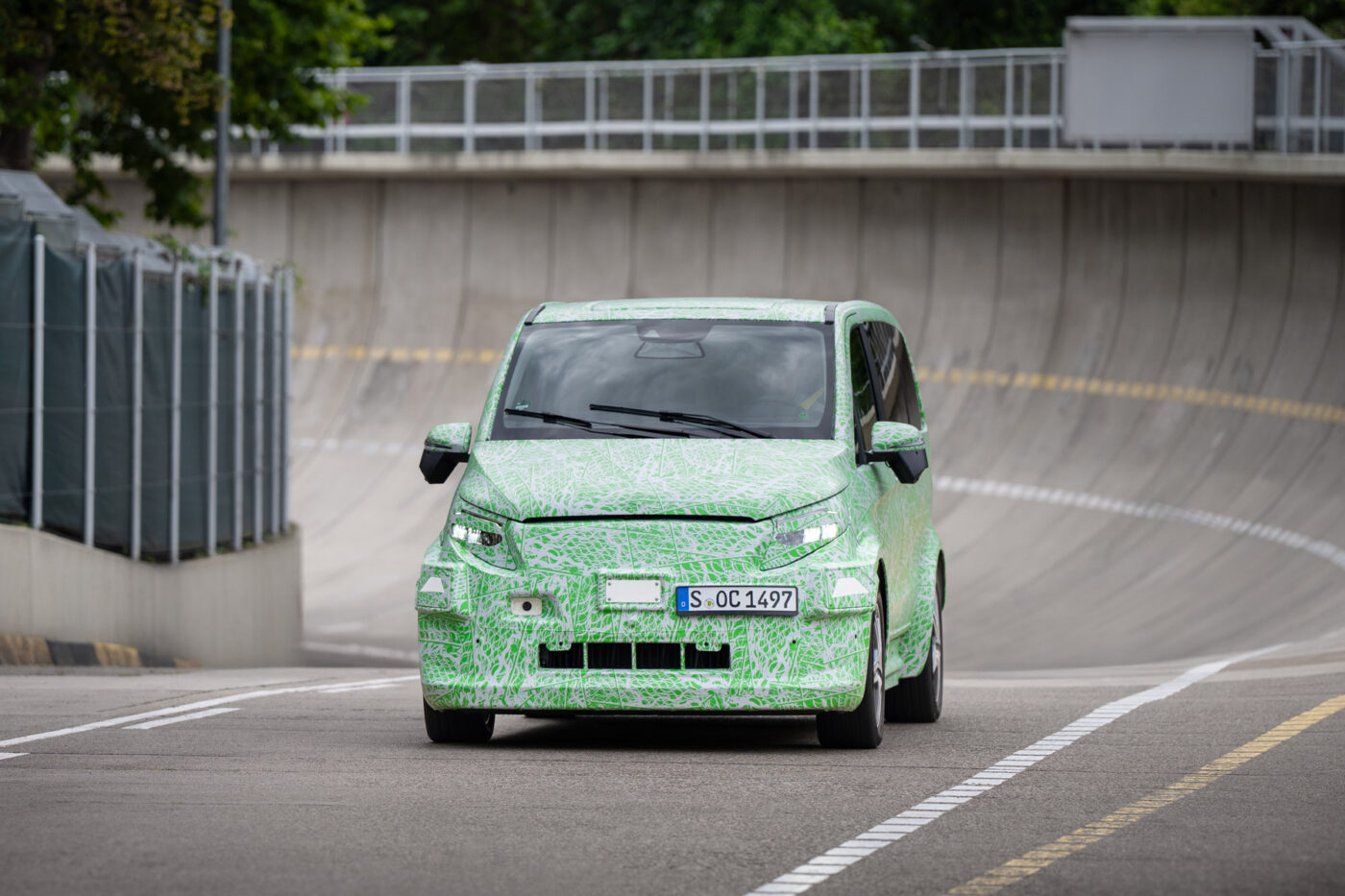
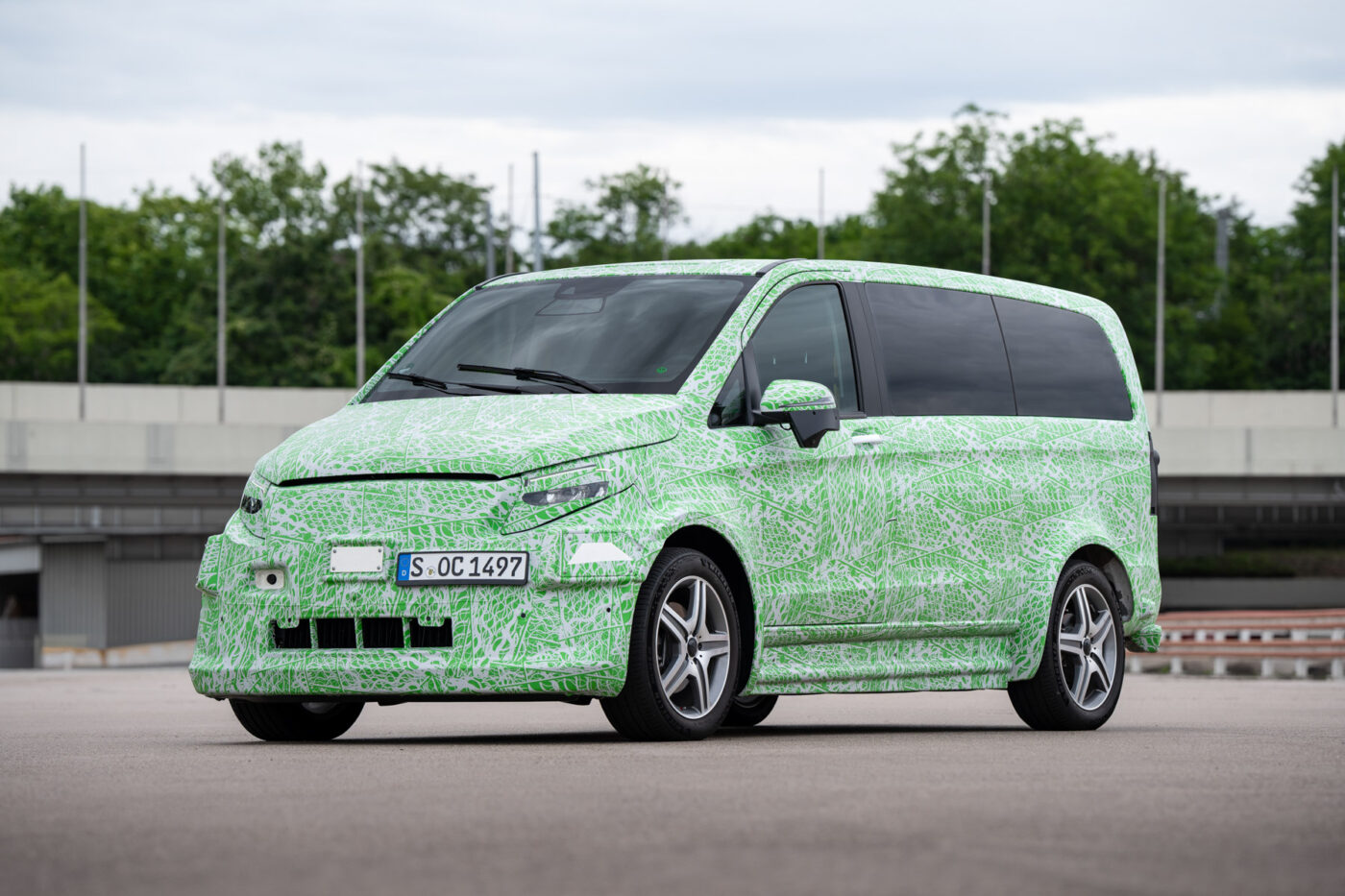
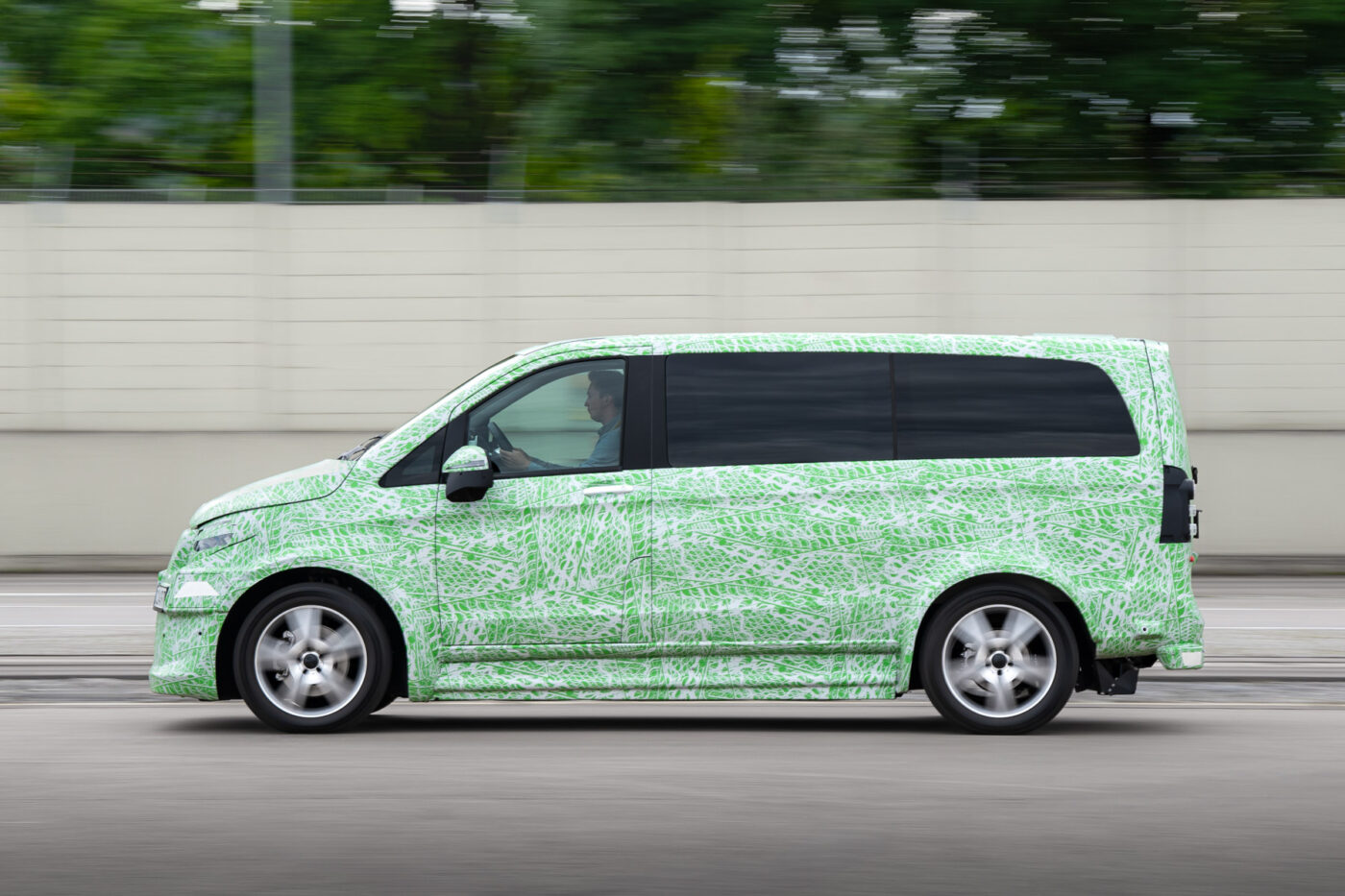
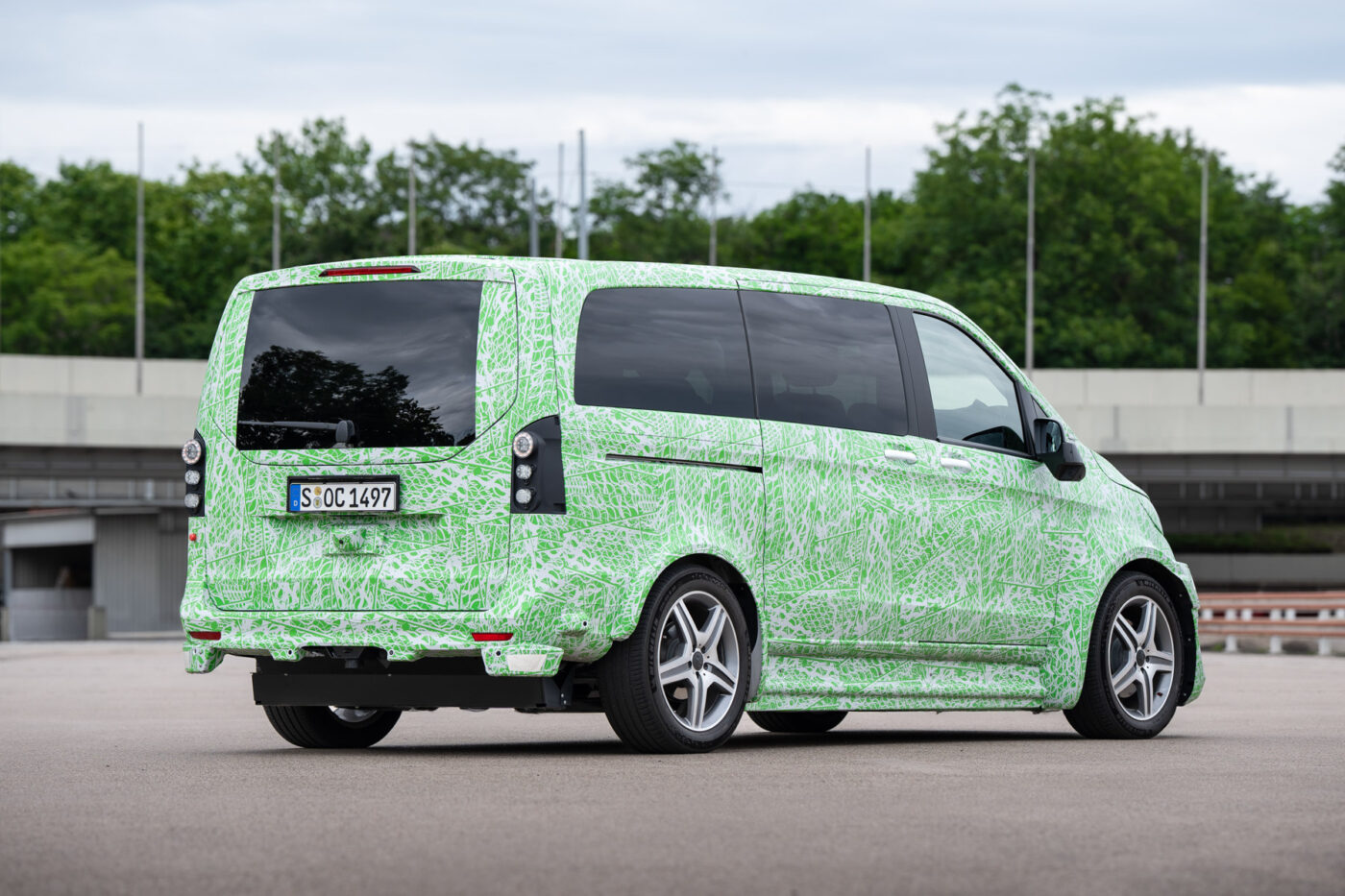
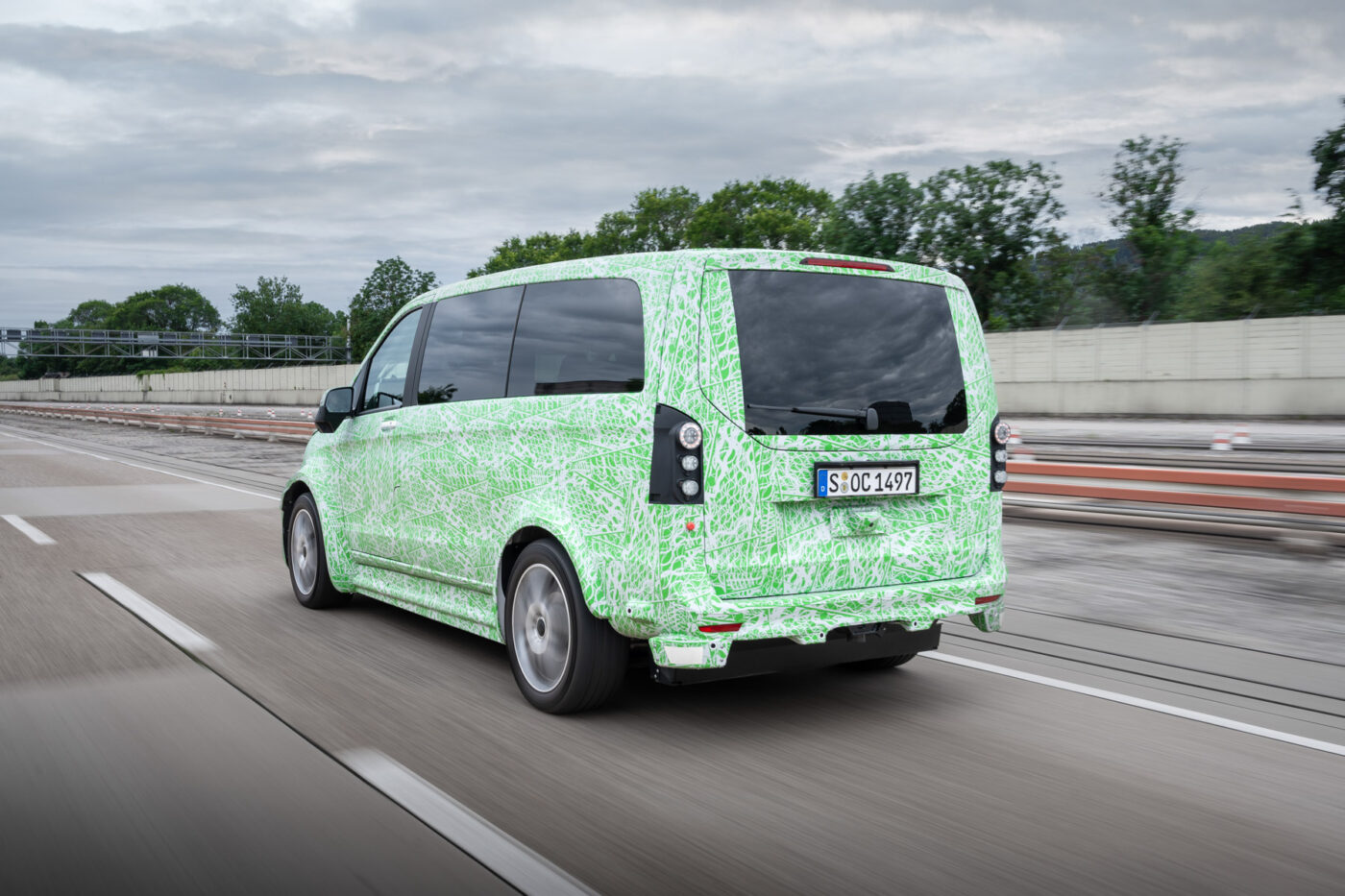
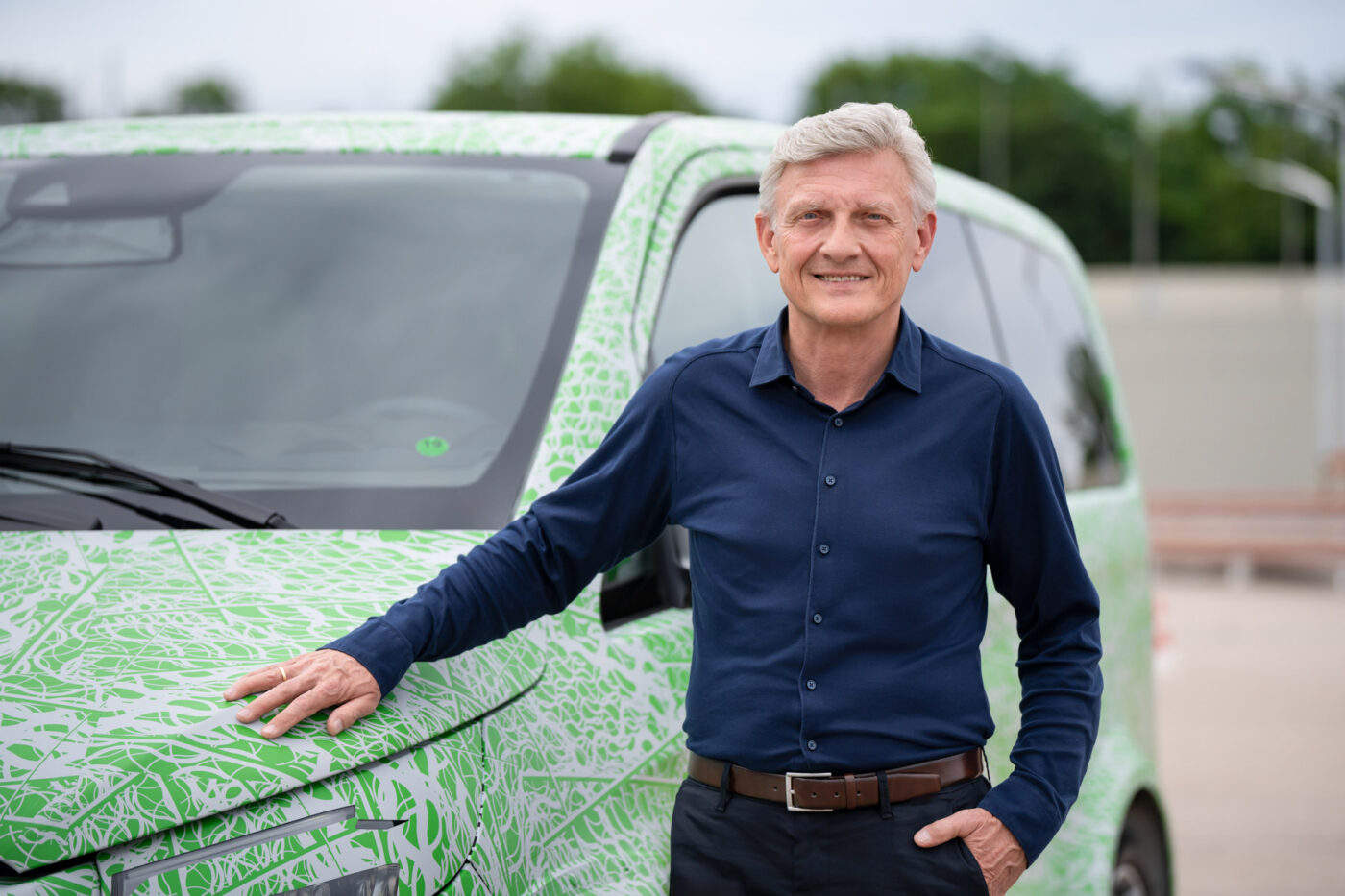
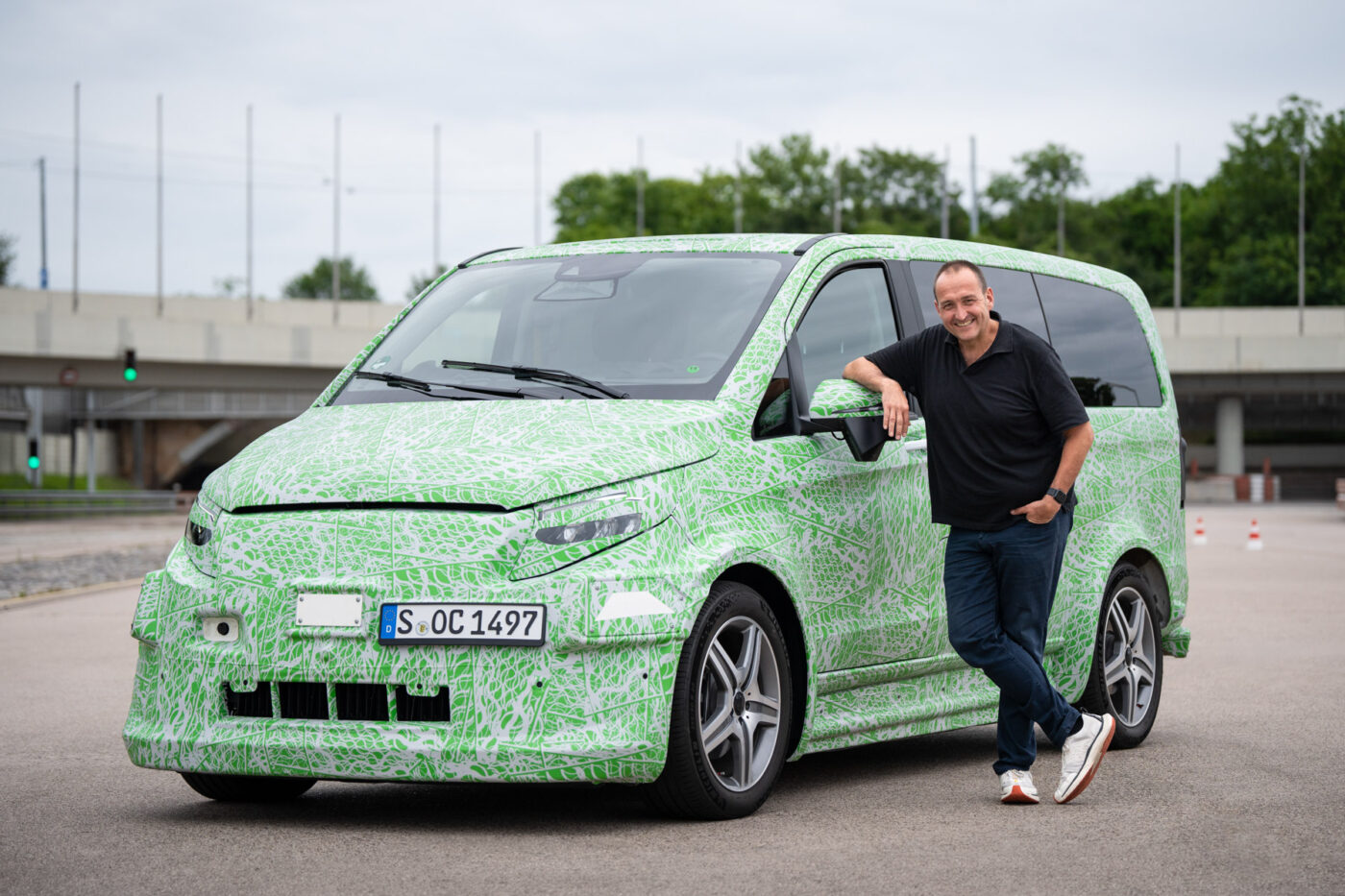
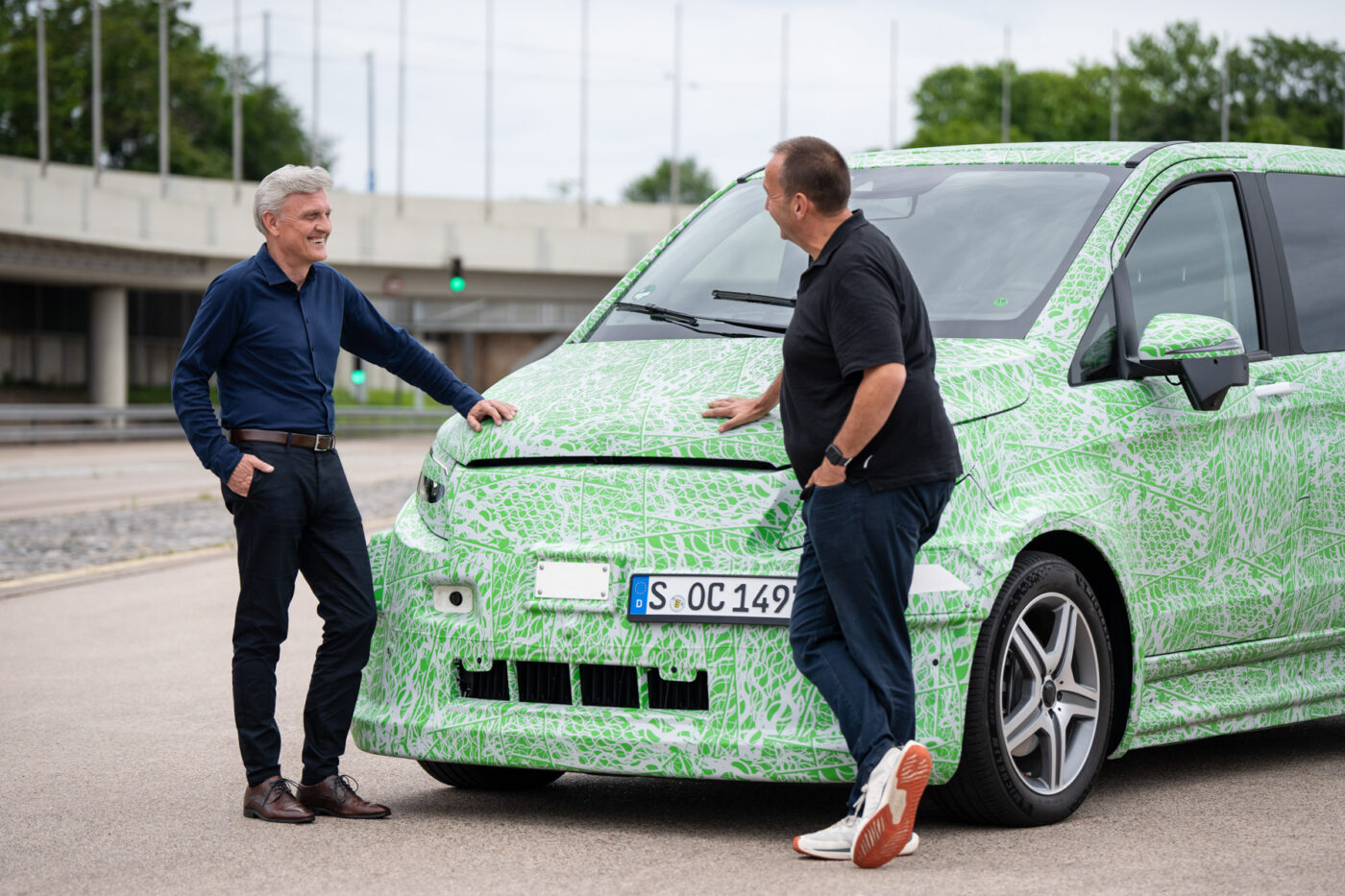
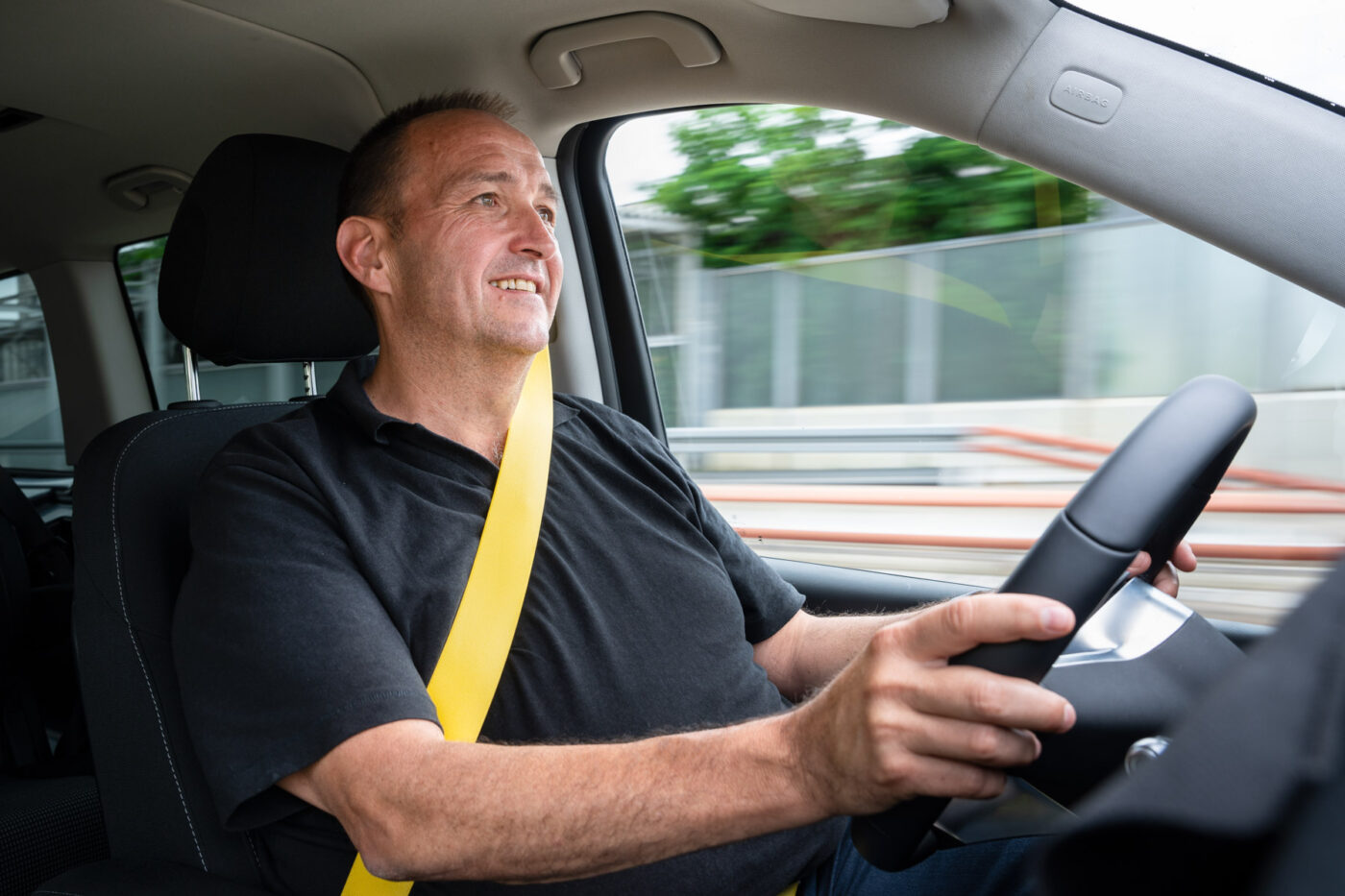
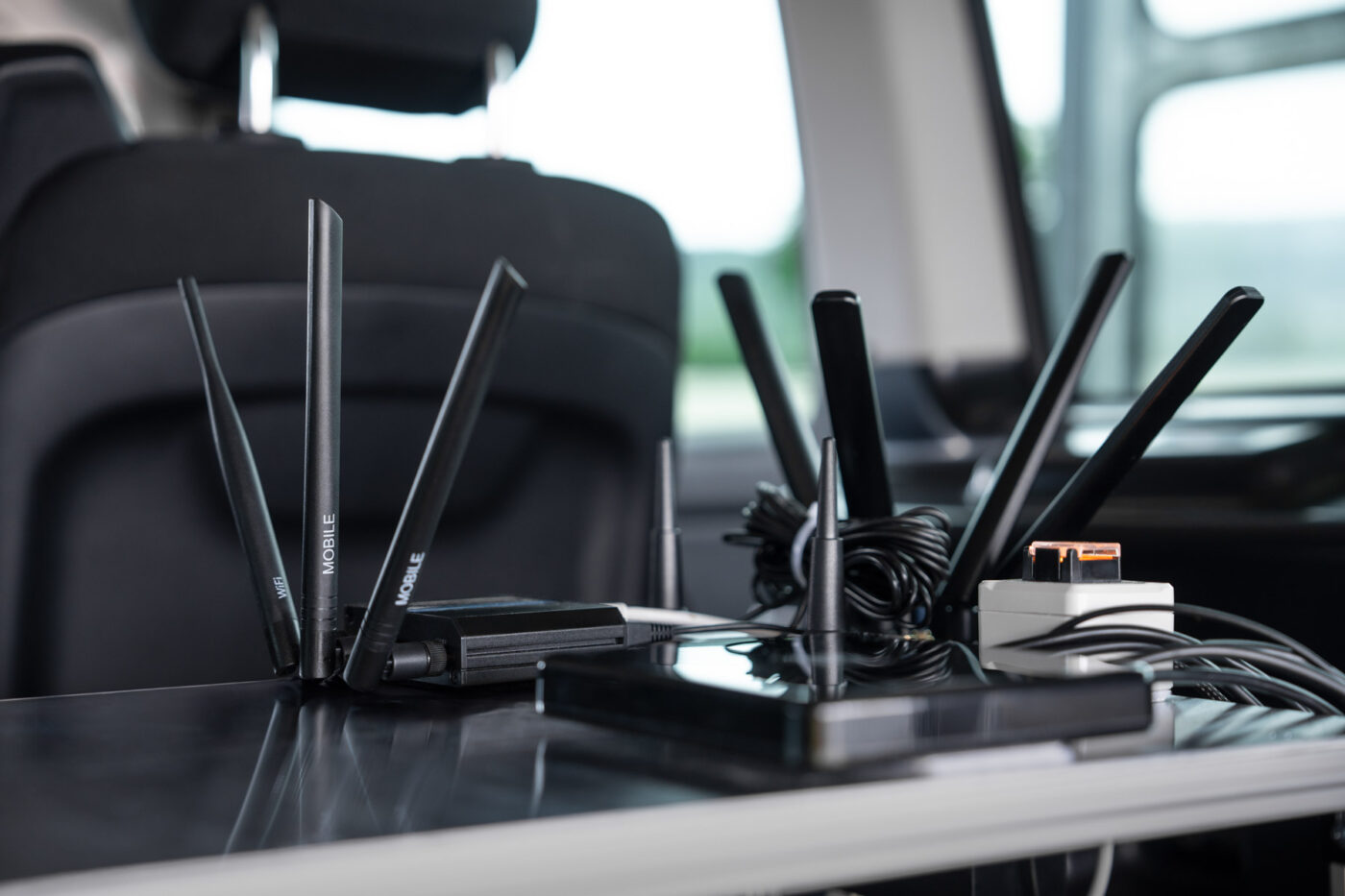
When Zygan – another first in the German carmaker’s development schedule – invites you to take your first drive in one of the prototypes that has just returned from the North Cape two years before the market launch, you can already sense a great deal of departure. The new platform still bears the old bodywork, which is also covered with camouflage, so nothing more can be recognised than the significantly larger track width under the broad wings. And in the interior, too, there is not much sign of the large screen landscape that Sieber was raving about earlier in the design studio, nor of Zygan’s vision for the S-Class among vans. Because where you will later be able to lounge in luxurious captain’s chairs and enjoy digital entertainment on large screens, the engineers are now squeezing themselves between computers and measuring instruments on normal benches. The extremely deep and flat boot floor is crammed full of technology. And there is still no question of velvet and silk.
But the difference is more than evident when driving. How gently and smoothly the space traveller glides along, for example – as if it were not travelling on Belgian pavement, but on the Milky Way. How powerfully it accelerates, how smoothly it rolls along. The van is already closer to an S-Class than a Sprinter. It is significantly faster than the EQV, which is currently limited to 140 kph, and much easier to handle. Like all cars built on a dedicated electric platform (and no longer have to leave room for a combustion engine), it has a noticeably smaller turning circle. As a result, the V-Class turns as if it had shrunk to the size of the B-Class and swiftly weaves through the lane of cones they set up at Mercedes’ own driveway in Untertürkheim. Slaloming through stop-and-go traffic or parking in front of the Grand Hotel – the chauffeurs have something to look forward to. And that’s not meant ironically this time.
100 kWh battery, 300 kW power should be a given
You don’t have to be a clairvoyant to assume the vehicle will have more than 100 kWh so that despite the supposedly streamlined shape, the onboard computer will ultimately show a range of over 500 kilometres, which is essential in this class. As fast as the V-Class drives around the course, Zygan must have installed 300 kW on the two axles together, given that it weighs three tonnes. However, if you want to find out more, the top developer asks for a little patience. Because as fast as the Germans are this time, it will be a while before they pull off the film, lift the veil and release the data sheet. The new V-Class powered by EQ technology is not due to launch until 2026 as the first model in the VAN.EA family.
And they also have to take care of the existing range. Because even though Mercedes is hoping to break free with the VAN.EA, finally play in the premier league of new charging champions, and increase the proportion of electric vehicles to 50 per cent by 2030, the Stuttgart-based developers have not lost their grip on reality. Geisen and Zygan are certainly not aloof but realise that not all customers are ready for the switch, and, of course, they are also aware of how the electric euphoria has cooled recently. That’s why there won’t be a radical transition, Zygan promises: For the time being, VAN.EA and the old models will be offered in parallel.

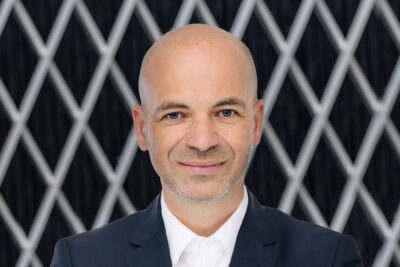
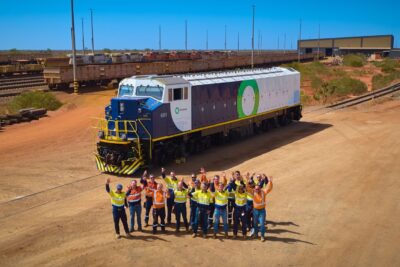
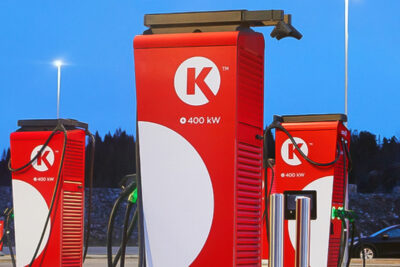
0 Comments